Table of contents
Iterative process in R&D system
(If you don't do the third part of automation, it can be over)
Jenkins download: https://jenkins.io/download/
Download the corresponding version
Deploy the jenkins service through Tomcat
Download and install Tomcat: https://tomcat.apache.org/download-80.cgi
Copy the war package of jenkins to the webapps directory of Tomcat
Jenkins installation and deployment
After the download is complete, the war package can be deployed in two ways:
1 java -jar jenkins.war directly start and run
Search in the user directory. Jenkins is considered to be deployed
If you need to reinstall and delete the .JENKINS folder, then redeploy the war package.
After creating the build task, complete the continuous integration process:
2 After pulling the source code, it will be placed in the working directory of .jenkins
4 Test environment deployment: Since the test environment is deployed on a remote linux server
Install the publishover ssh plugin in the manage plugis of manage jenkins
Automated test script execution
After the installation is complete, go to the system settings
SSH connection configuration checks whether the connection is normal
After the configuration is complete, return to the workbench
Click to upload the file to the specified server
Complete the upload of the file and execute it through the shell command
Finally, put the executed script into a JAR package
Finally, set the mail trigger event to always trigger
Execute the integration build
Continuously and automatically build & test software project code management (git/svn) > compilation (maven/ant/gradle) > packaging > test environment deployment > automated testing
Iterative process in R&D system
1 Source code branch management: git or svn integrates code written by different developers to form different versions and branches, so eager to version management to package and release the version
2 Form version compilation and packaging: maven, ant, gradle integrated version code is compiled and packaged to form a releasable war package or an executable installer, which is provided for testing experiments
3 Test environment deployment: Deploy the formed software product package to the corresponding server environment, the test can start functional testing, and CI can start to execute automated testing
(If you don't do the third part of automation, it can be over)
4. Automated testing: After the deployment of the test environment is completed, it acts as a smoke test to test the core function use cases of the product, which is equivalent to an access verification, and then it is handed over to the test group for functional testing.
Functional testing process: requirements analysis - test plan - use case design - test execution - test report
Automated testing process: test case selection - use case coding implementation - test execution - test report
Jenkins installation and use
Jenkins installation and use
Jenkins download: https://jenkins.io/download/
Chinese:
Download the corresponding version

Deploy the jenkins service through Tomcat
Download and install Tomcat: https://tomcat.apache.org/download-80.cgi
Copy the war package of jenkins to the webapps directory of Tomcat
startup.bat starts Tomcat
Jenkins installation and deployment
After the download is complete, the war package can be deployed in two ways:
1 java -jar jenkins.war directly start and run
2 There is a Tomcat service in the system, put it in the webapps directory of Tomcat, and start Tomcat
Search in the user directory. Jenkins is considered to be deployed
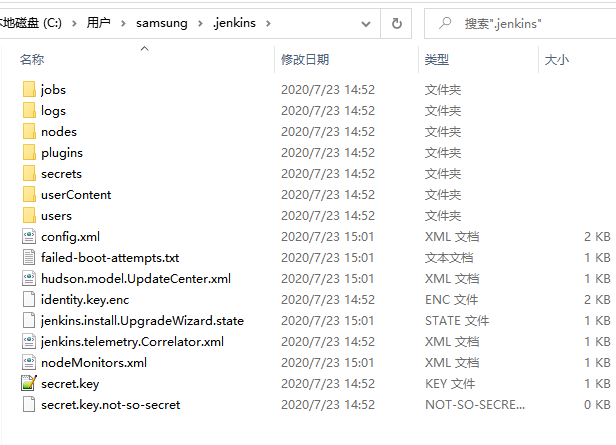
If you need to reinstall and delete the .JENKINS folder, then redeploy the war package.
After creating the build task, complete the continuous integration process:
1 source code management source code management, jenkins can connect to git and svn warehouses to pull out the corresponding source code (the warehouse address should be found by the source code administrator corresponding to the development for related configuration)
new build

Create name with free style
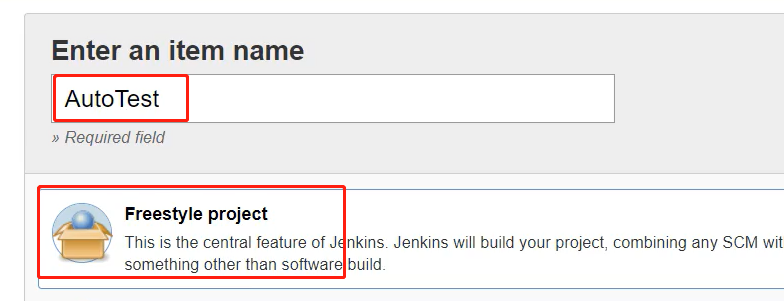
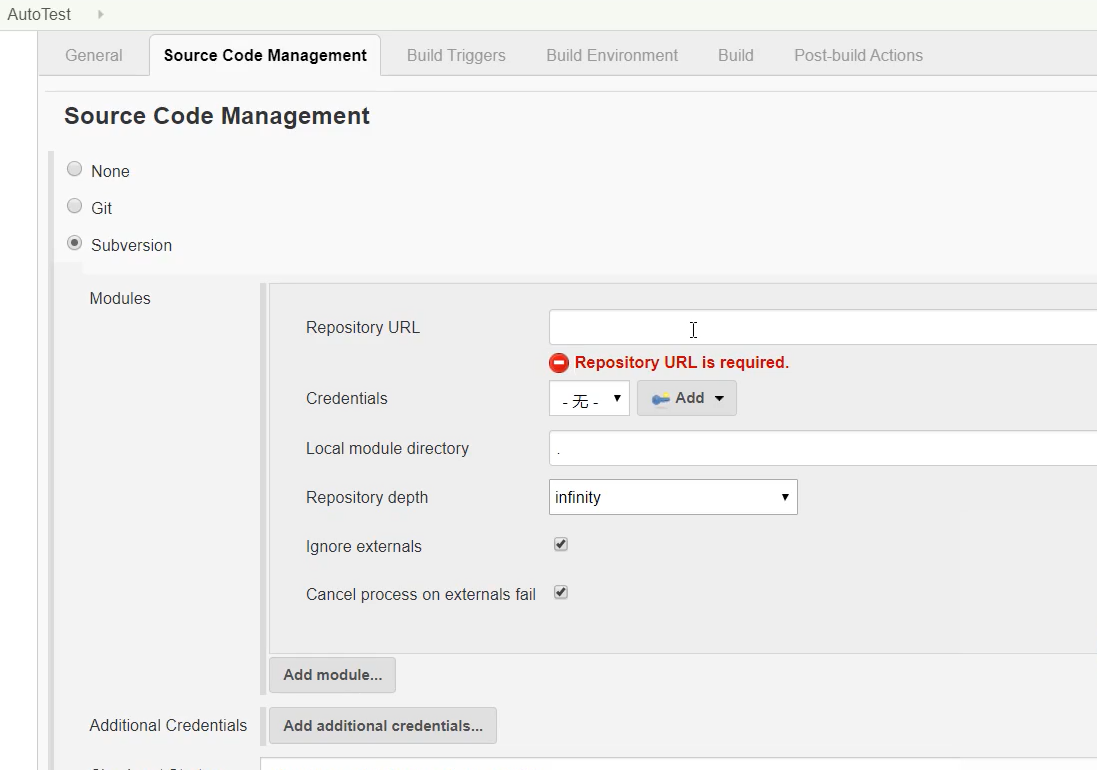
2 After pulling the source code, it will be placed in the working directory of .jenkins
3 Execute the command by calling the compile tool related to invoke to complete the packaging operation. After packaging, it will be in the result directory generated by the corresponding compilation tool
4 Test environment deployment: Since the test environment is deployed on a remote linux server
Install the publishover ssh plugin in the manage plugis of manage jenkins
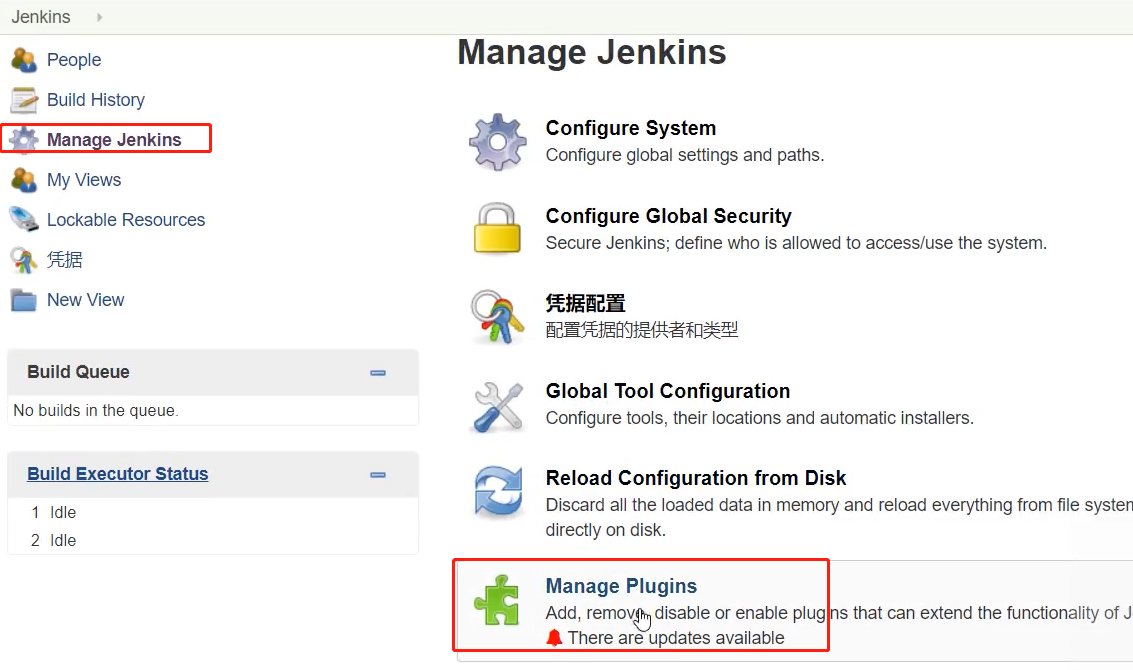
download plugin

After the installation is complete, configure the relevant configuration, and configure the address of the service into the ssh plug-in
Complete the upload and deployment of the war package by calling and executing the remote shell command
Automated test script execution
The easiest way: package the final framework code and execl use case files, and execute the test cases through jar package execution
After the installation is complete, go to the system settings

SSH connection configuration checks whether the connection is normal
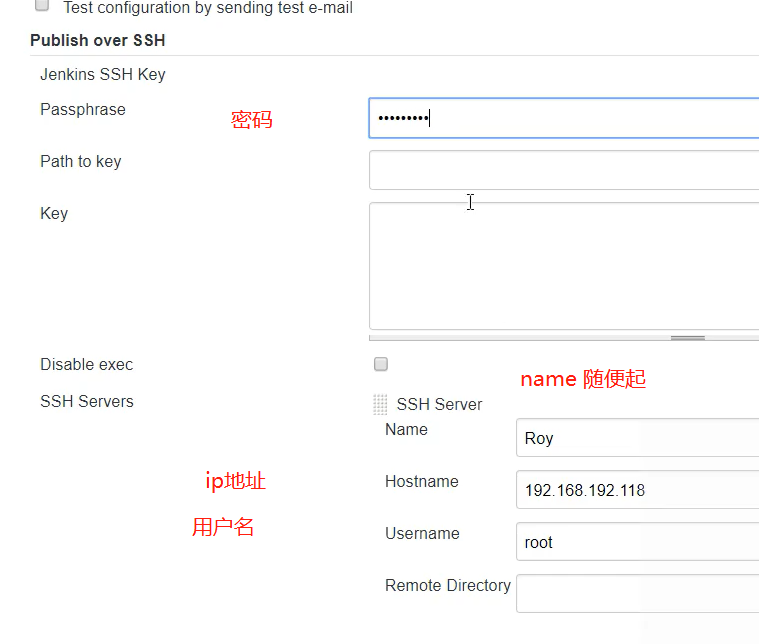
connect
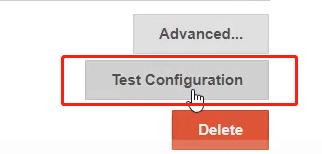
After the configuration is complete, return to the workbench
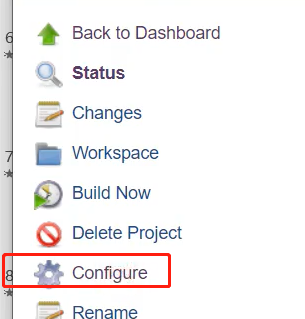
Click to upload the file to the specified server
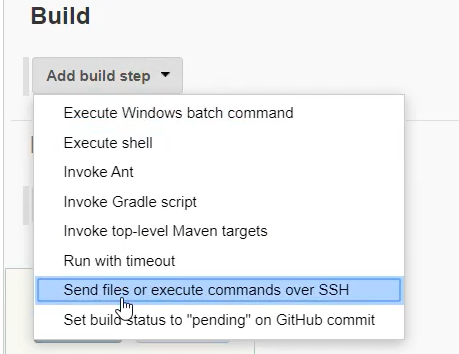

Complete the upload of the file and execute it through the shell command
Finally, put the executed script into a JAR package

Select execute batch command in build to execute windows batch command and write related commands into it

Afterwards, you can add the regular execution of build periodically grammar rules to the build triggers, time-sharing days, months, and weeks

Address to send mail to

Finally, set the mail trigger event to always trigger


Select always trigger

Summarize:
Thanks to everyone who read my article carefully! ! !
I personally sorted out some technical materials I have compiled in my software testing career in the past few years, including: e-books, resume modules, various job templates, interview books, self-study projects, etc. Welcome everyone to click on the business card below to get it for free, don't miss it.
